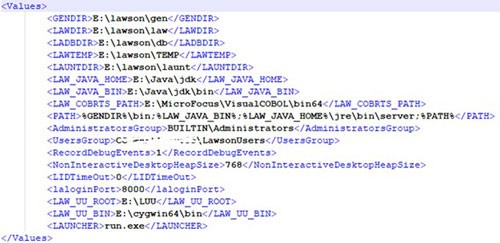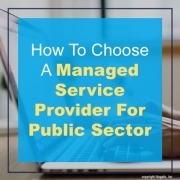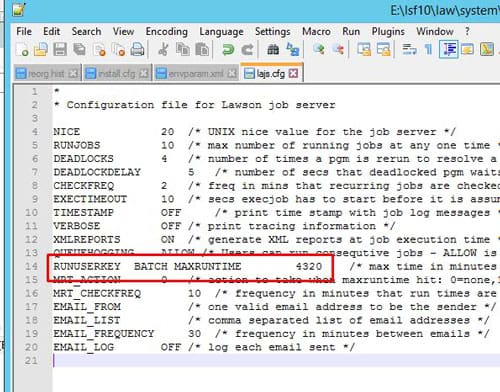A vendor management system (VMS) is a suite of software that helps companies take over the entire vendor management process, from the first contact to the final conclusion of a deal or the establishment of a business relationship. Vendor management is a process that enables organizations to take appropriate measures to control costs, reduce potential risks associated with suppliers, ensure excellent service and derive long-term value from suppliers. Vendor management involves researching the best and most appropriate supplier sources, acquiring pricing information, assessing work quality, managing relationships (in some cases with multiple suppliers ), evaluating performance, establishing organizational standards and ensuring that payments are made on time. A supplier management system is an online or web-based tool that acts as a single node for all vendor-related activities within an organization or organization to ensure and improve efficiency and long-term growth in a cost-effective manner. Sources: 2, 6
With a modular approach, vendor management systems (VMS) have special modules or apps that handle processes such as vendor onboarding and vendor payments. Supplier management plays an important role in the operation of a supply chain, so there is a lot to consider when researching this type of software. It is the key to the success of procurement teams and the use of a good supplier management system offers advantages in this context. Sources: 2, 7
In this Buyers Guide, we explain the basics of vendor management software and what you need to know as a small business to make your software choices. Sources: 7
You should remember that the main objective of supplier management software is supplier engagement and maintenance as well as project management. However, many vendor management software systems offer much more, so you should carefully set your priorities when selecting a vendor management solution for your business. Sources: 0
When a company is looking for a new Vendor Management System (VMS), there are a variety of software solutions to choose from that appear to have similar functionality on the surface. Vendor management professionals would be well advised to devote more time to differentiating features such as native business intelligence (BI) and advanced workflow tools, with so much in common that leads to vendor sourcing to make the best buying decisions. It is curious that many vendor management software systems contain functions that could replace existing software solutions for your company. Sources: 0, 4
Next-generation VMS include BI capabilities such as the ability to analyze past performance, respond to business events in real time, and execute scenarios to identify future opportunities. The right vendor management software adapts to the existing legacy systems and increases the value of the operation. It streamlines your AP processes, creates self-service opportunities for vendors and facilitates communication. Sources: 4, 9
Choosing the right supplier management system is crucial to meet these growing requirements. By introducing appropriate supplier management, your organization benefits from a wider choice of suppliers, resulting in more choice and better costs. Let us examine some of the ways we need to look for when evaluating third-party providers and risk management solutions to make the implementation of your initiatives more cost-effective. Sources: 3, 6
The organization and management of vendor information such as financial contracts, insurance and certificates is crucial for effective third-party supervision. An efficient supplier management system ensures that the team works with suppliers in all functions and that there is complete transparency on important supplier details. Sources: 3, 10
A good supplier management system enables effective interactions between suppliers and their team leaders. Supplier management systems are software that helps companies manage their workers, suppliers, contractors and consultants. A good supplier management system is a great way to keep suppliers in your corporate culture and work environment. Supplier management software can help companies find subcontractors, contingent workers, and human resources agencies that are able to help with sales orders, consolidate billing, and reporting. Sources: 5, 9
Vendor management is a term that describes the process by which companies manage their suppliers, also known as vendors. Vendor management solutions are a kind of Software-as-a-Service (SaaS) that enables companies to communicate and assign tasks to paid independent contractors and freelancers. Sellers are involved through communication channels that facilitate real-time communication between sellers and strengthen relationships between sellers. Sources: 5, 9
Centralized and simplified communication tools that provide a secure and reliable way to approve and take suppliers on board, maintain useful performance monitoring and deliver the right analytics and insights to make critical business decisions. From an enterprise perspective, an efficient supplier management process can help save time and money, ensure that your organization works with reliable suppliers, and ensure contract compliance when drafting contracts, invoicing, making payments, and much more. Sources: 10
The supplier management system you choose should be compatible with your company’s existing tech stack without compromising your company’s data. Contact your IT compliance team to ensure that the solutions you evaluate work with the technology you already use, and that you trust the provider to protect your information. Sources: 11
Let your IT team know that you are considering some software solutions, and ask if there is anything special you can require from the vendor, such as an API (Application Programming Interface) that allows two different applications to communicate and work together. Now that we have set out why you need a supplier management system, let us discuss how it works. The first rule of thumb is that there should never be more than one vendor management system. Sources: 11, 12
Today, marketplace organizations depend on vendors and other third parties for essential business functions, making the maintenance of an effective supplier management program both important and complex. However, efficient supplier management results in both time and money savings, as it provides a way of keeping track of all of the important dates that need attention – expiring insurance certificates, for example. Sources: 3, 8
In the past, multiple supplier schedules and subsequent payments had to be managed on paper but today many companies opt for the supply chain management software that automates labor-intensive tasks. Many of the tasks above were previously done on paper and tracked manually, but more and more companies are now looking for vendor management software solutions such as web applications and cloud-based solutions that can handle most tasks. Depending on how companies scale, their supplier management software should be scalable and can be integrated into existing software. Sources: 1, 8
Cited Sources
Legal Notice The text provided on this site is based on and the intellectual property of the cited sources and ai-writer.com is not responsible for the content.























